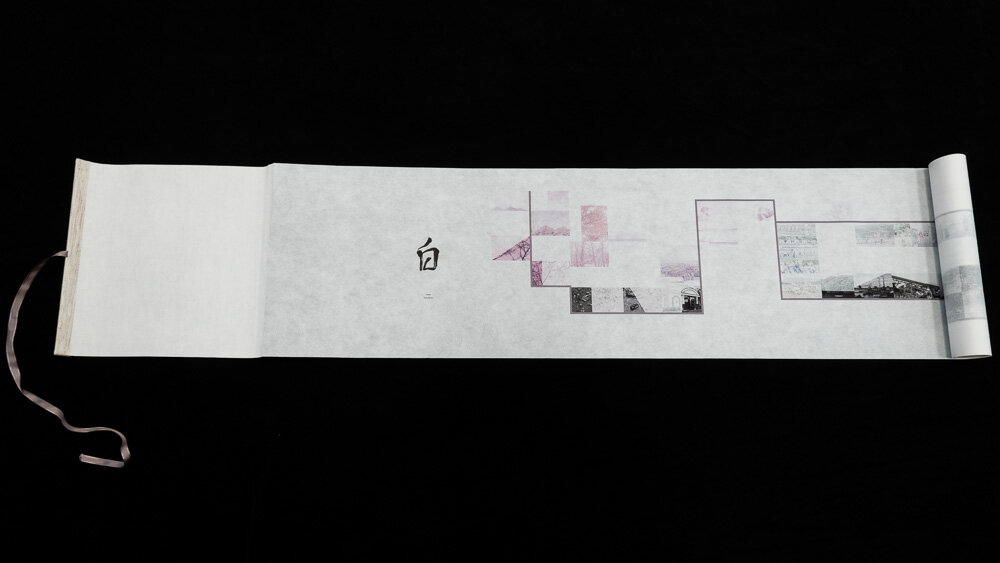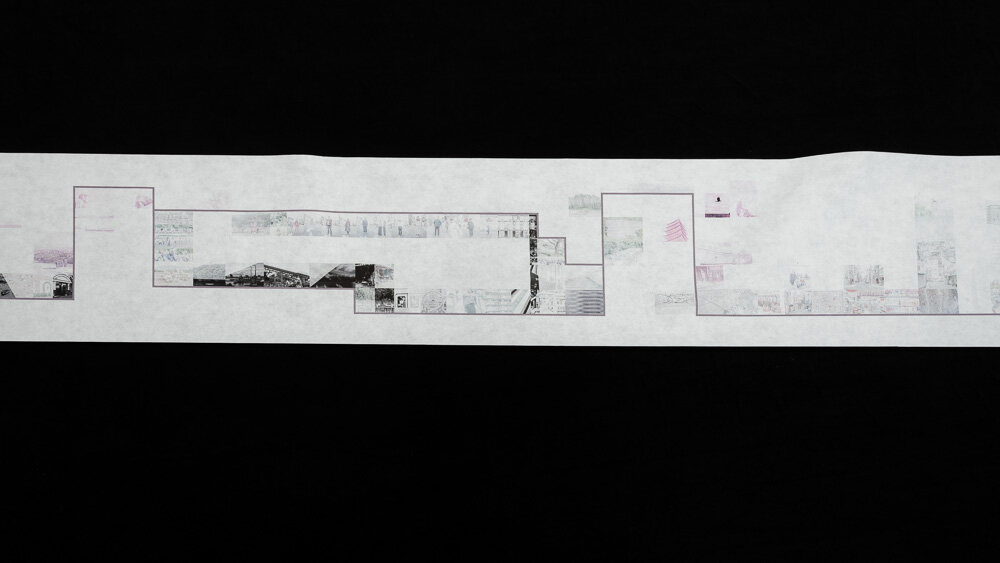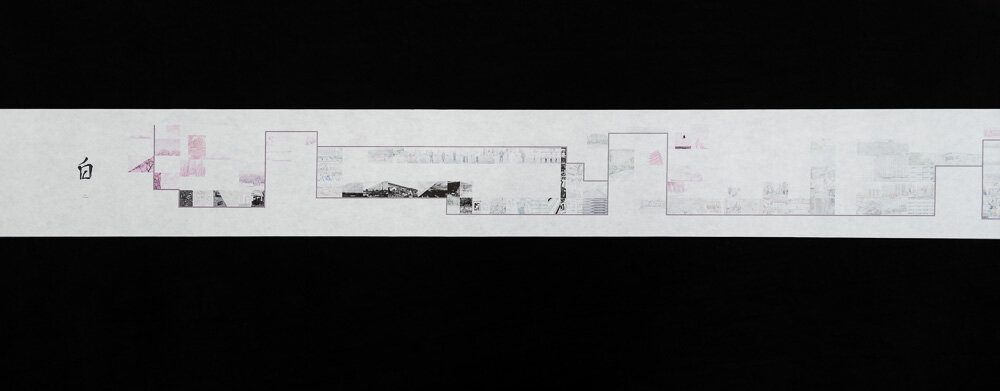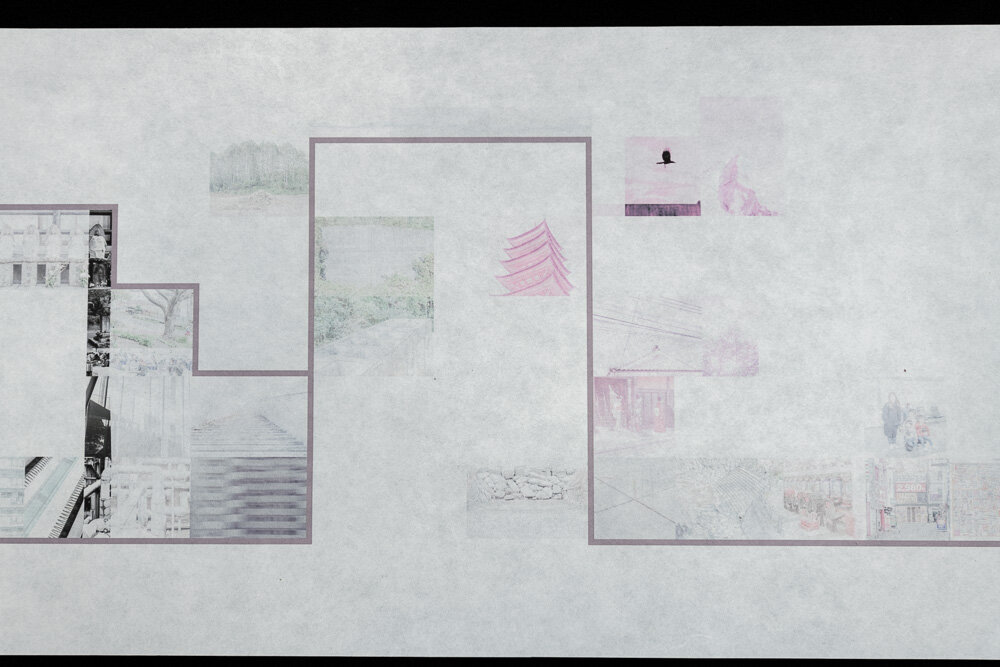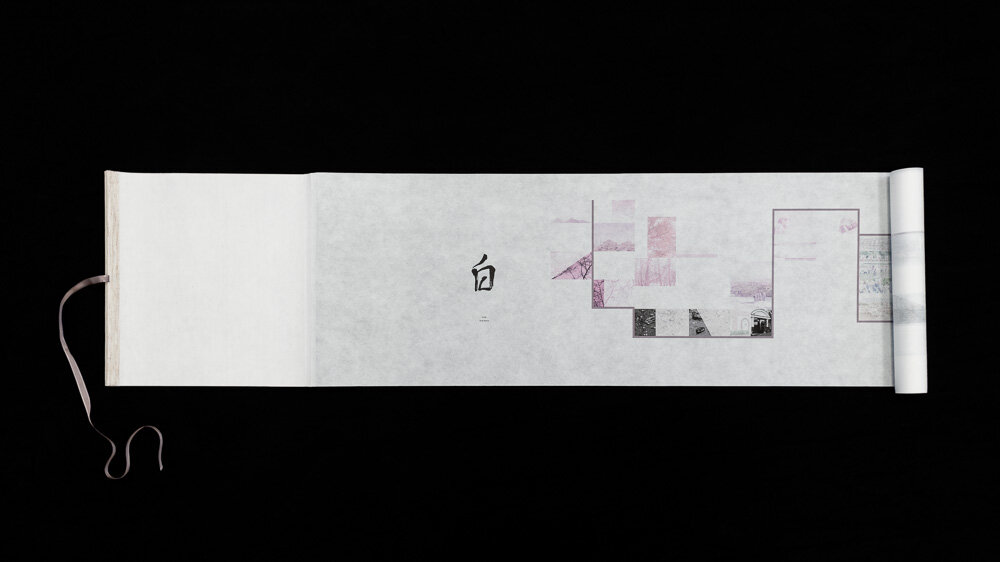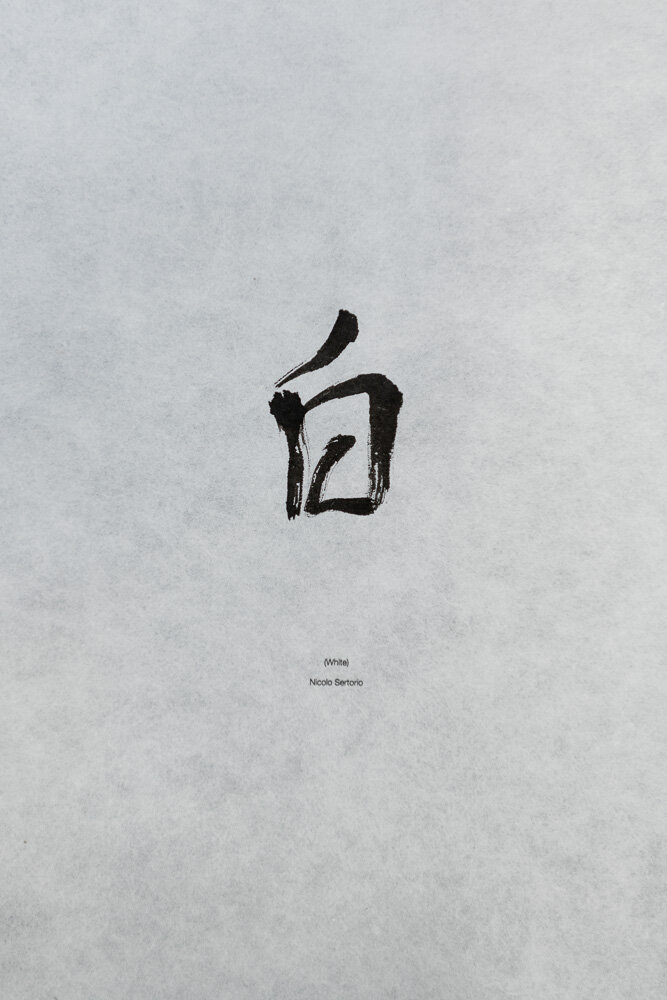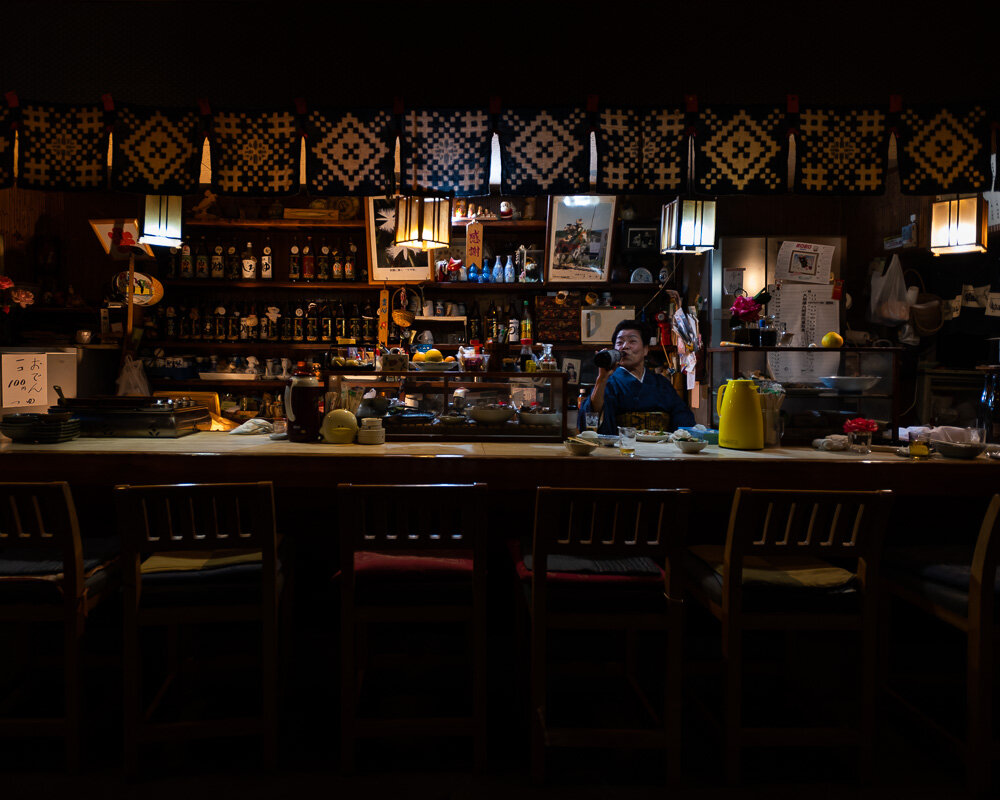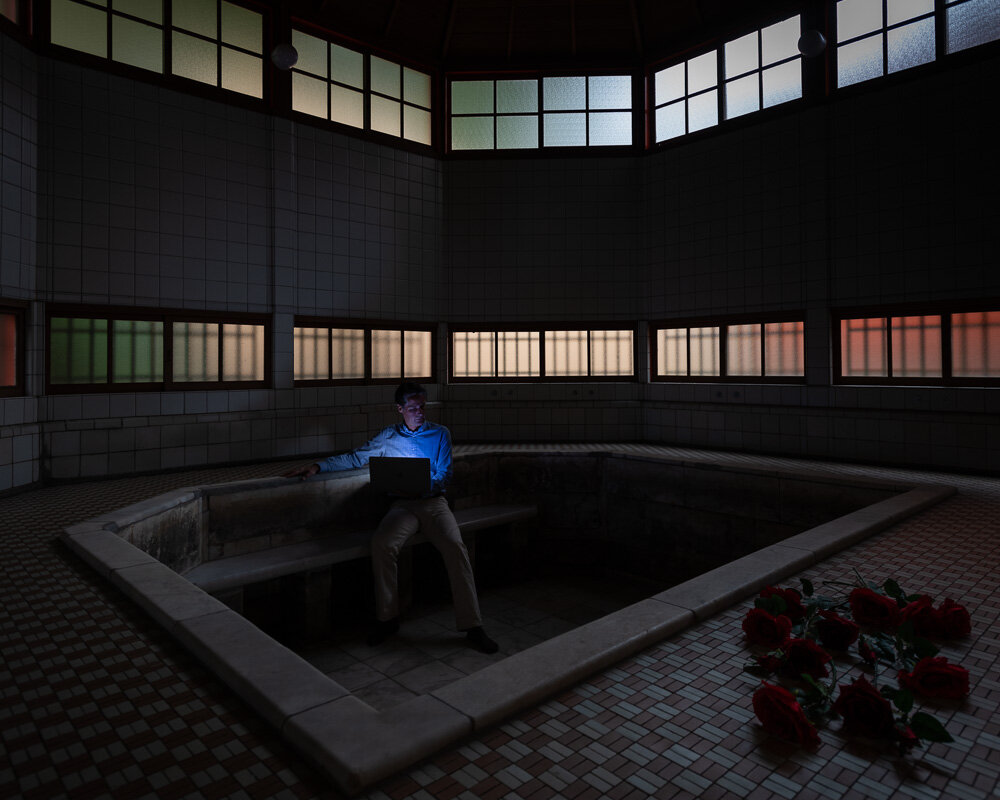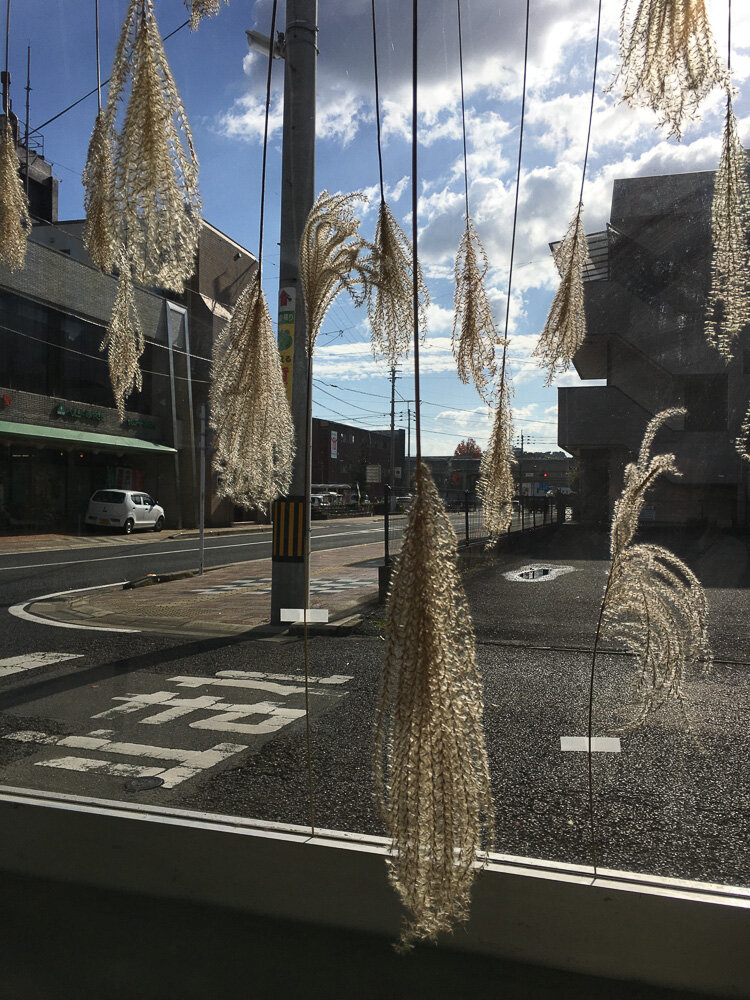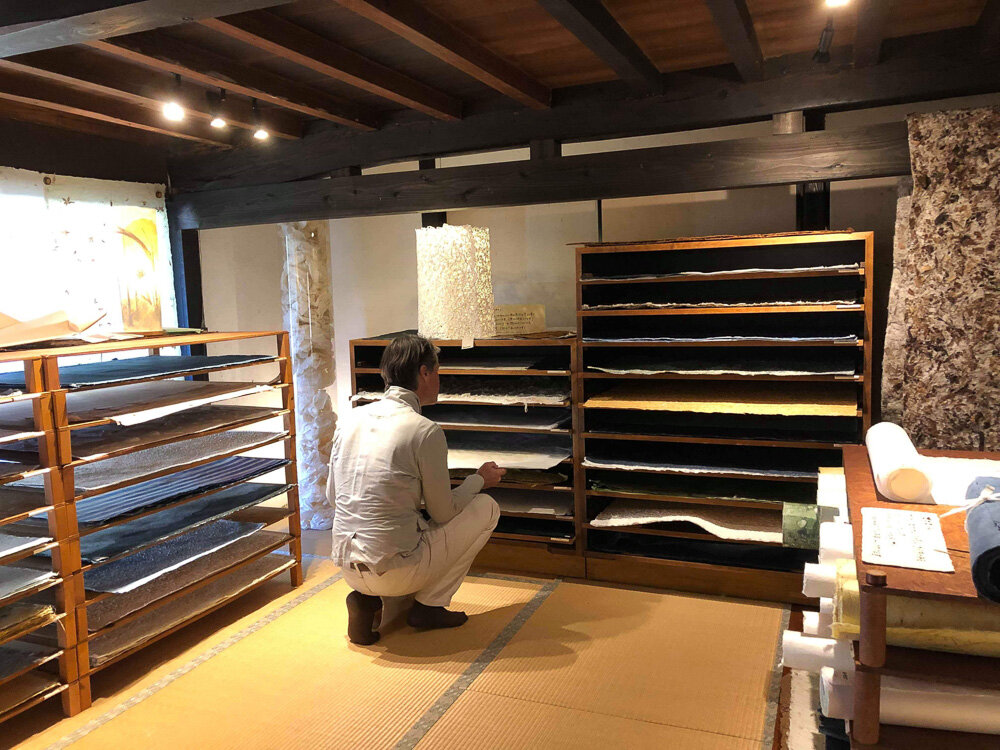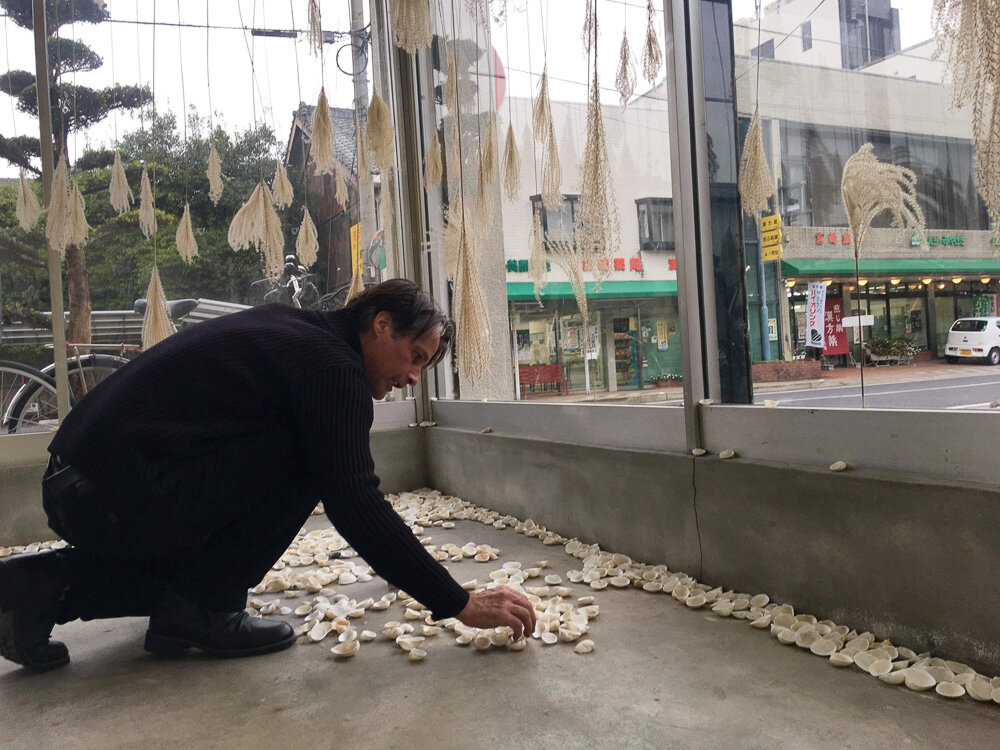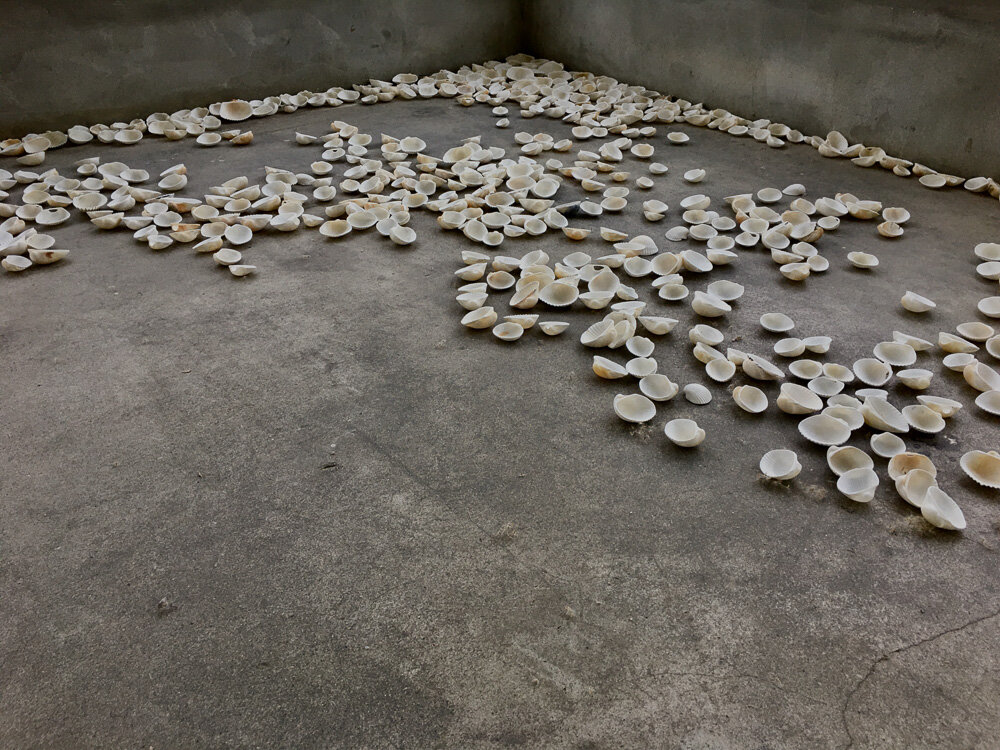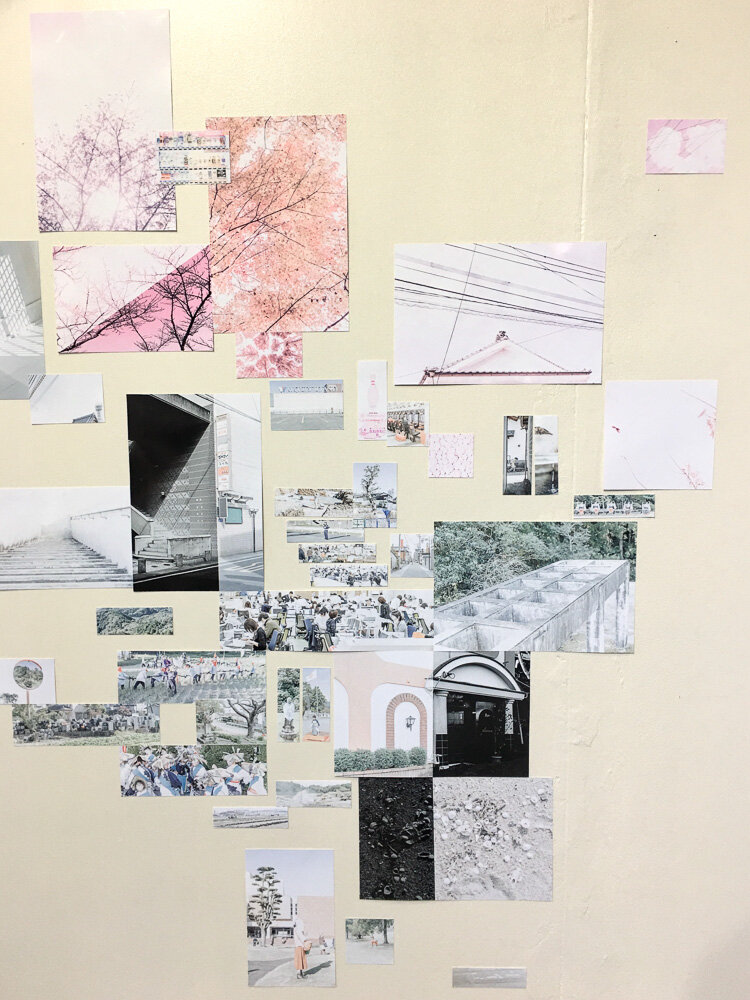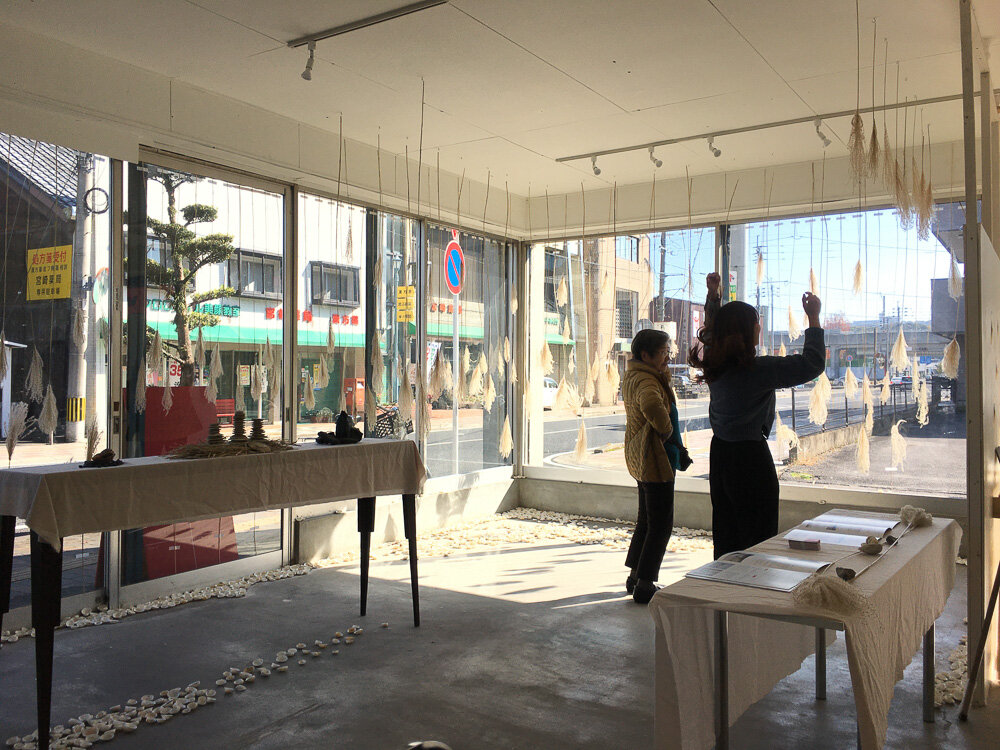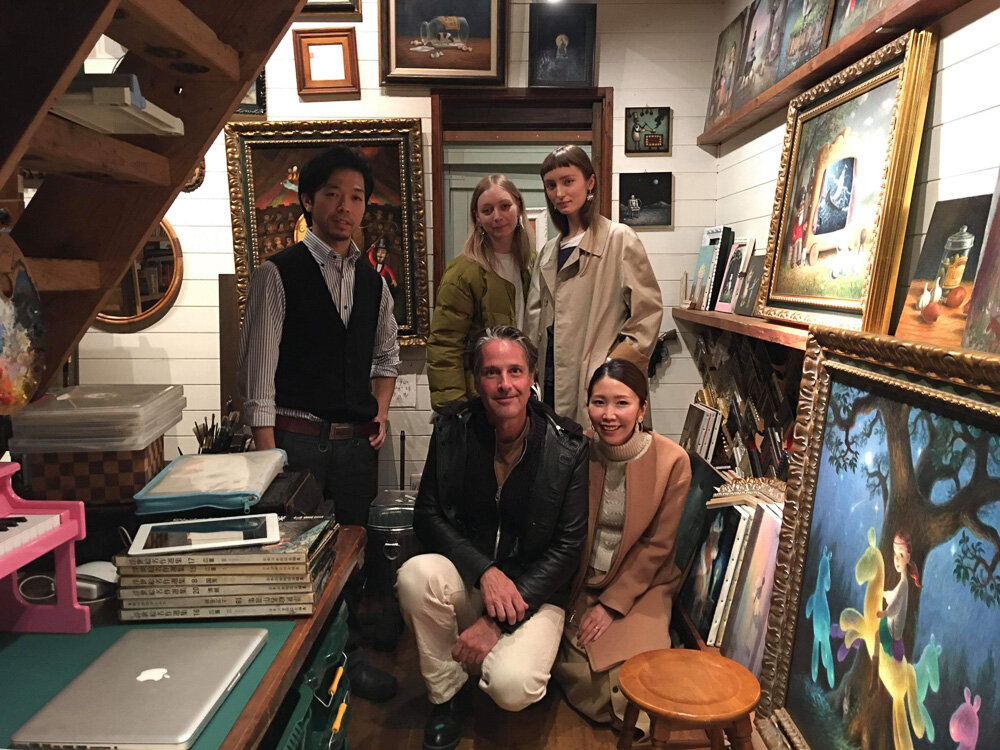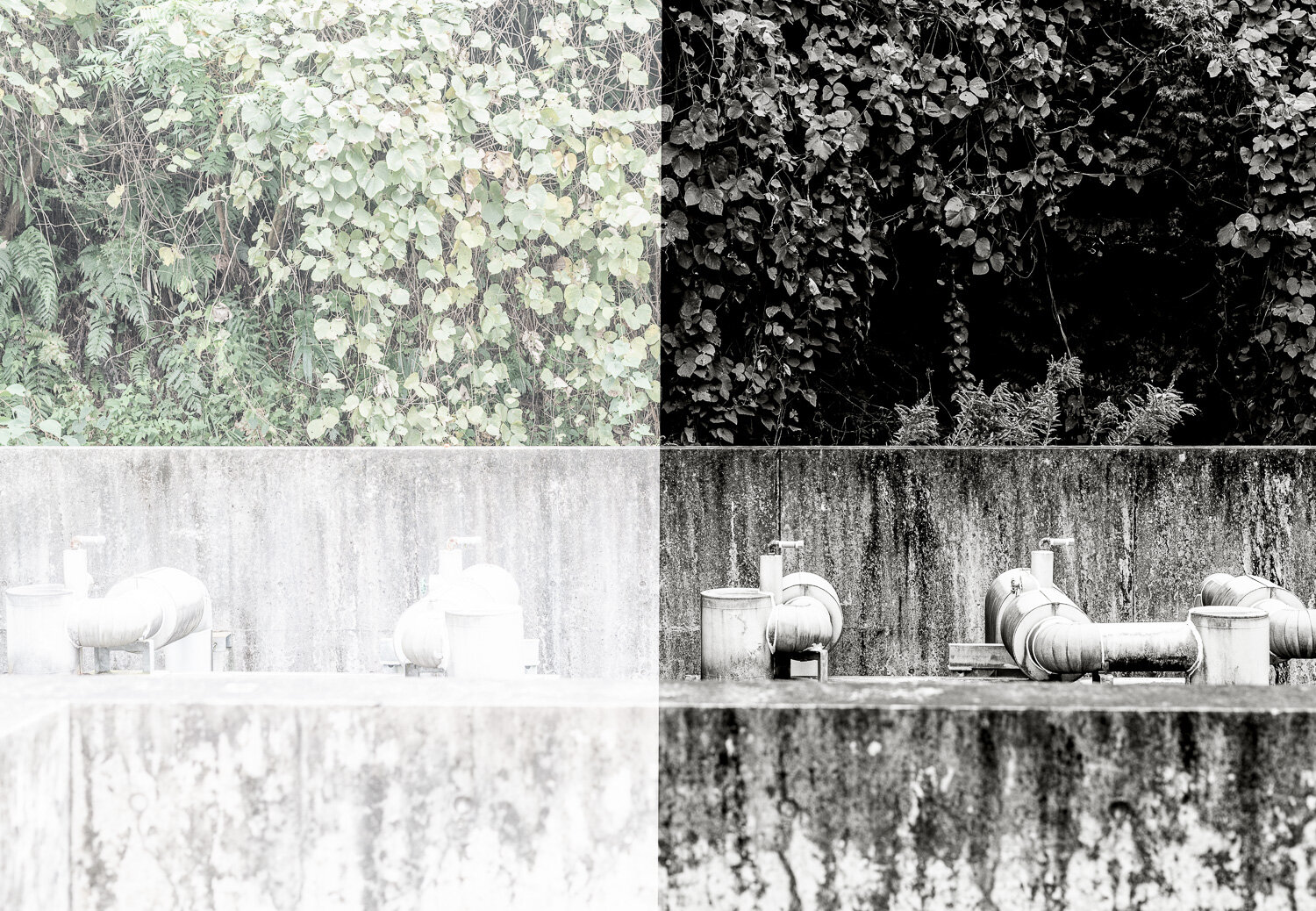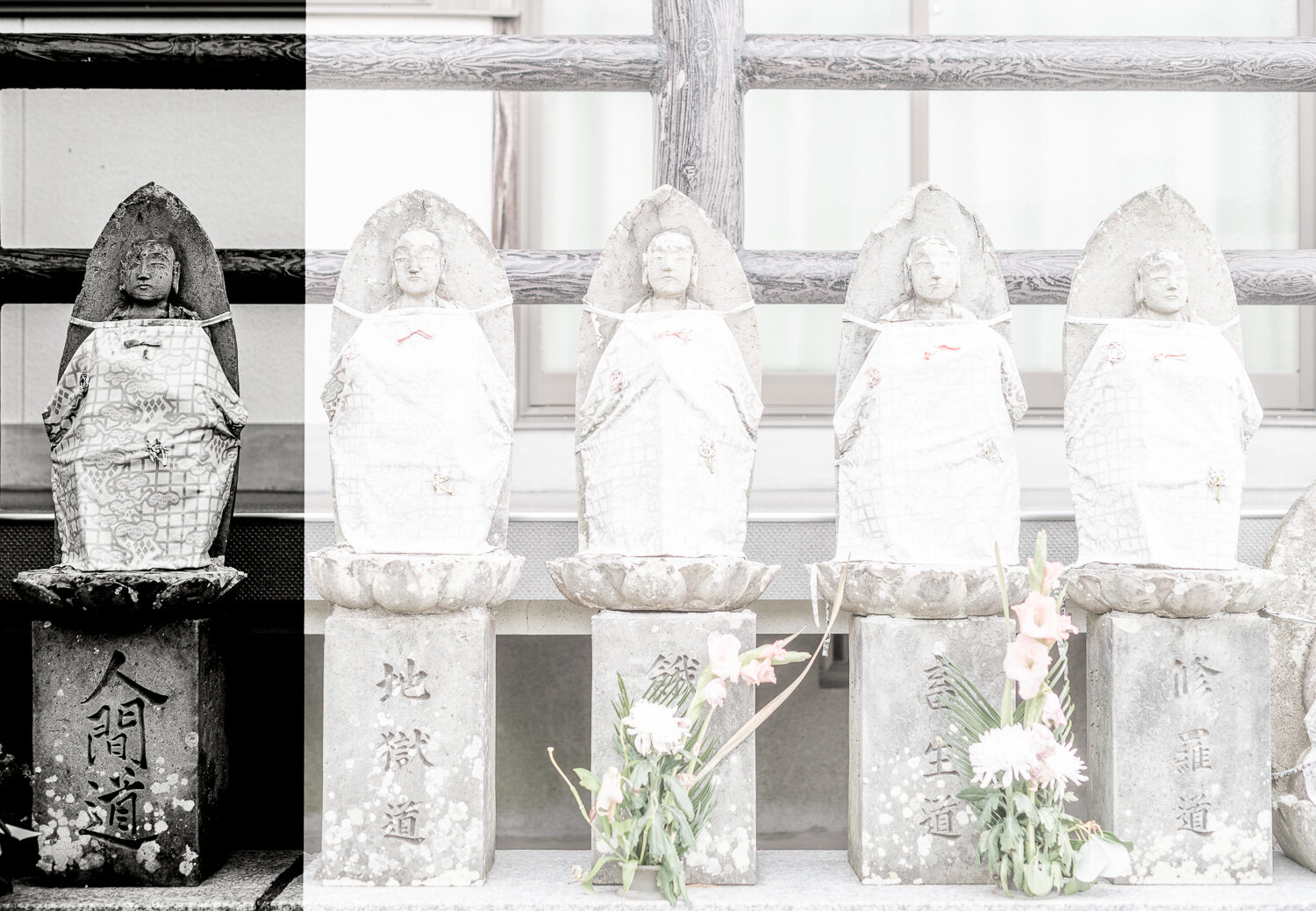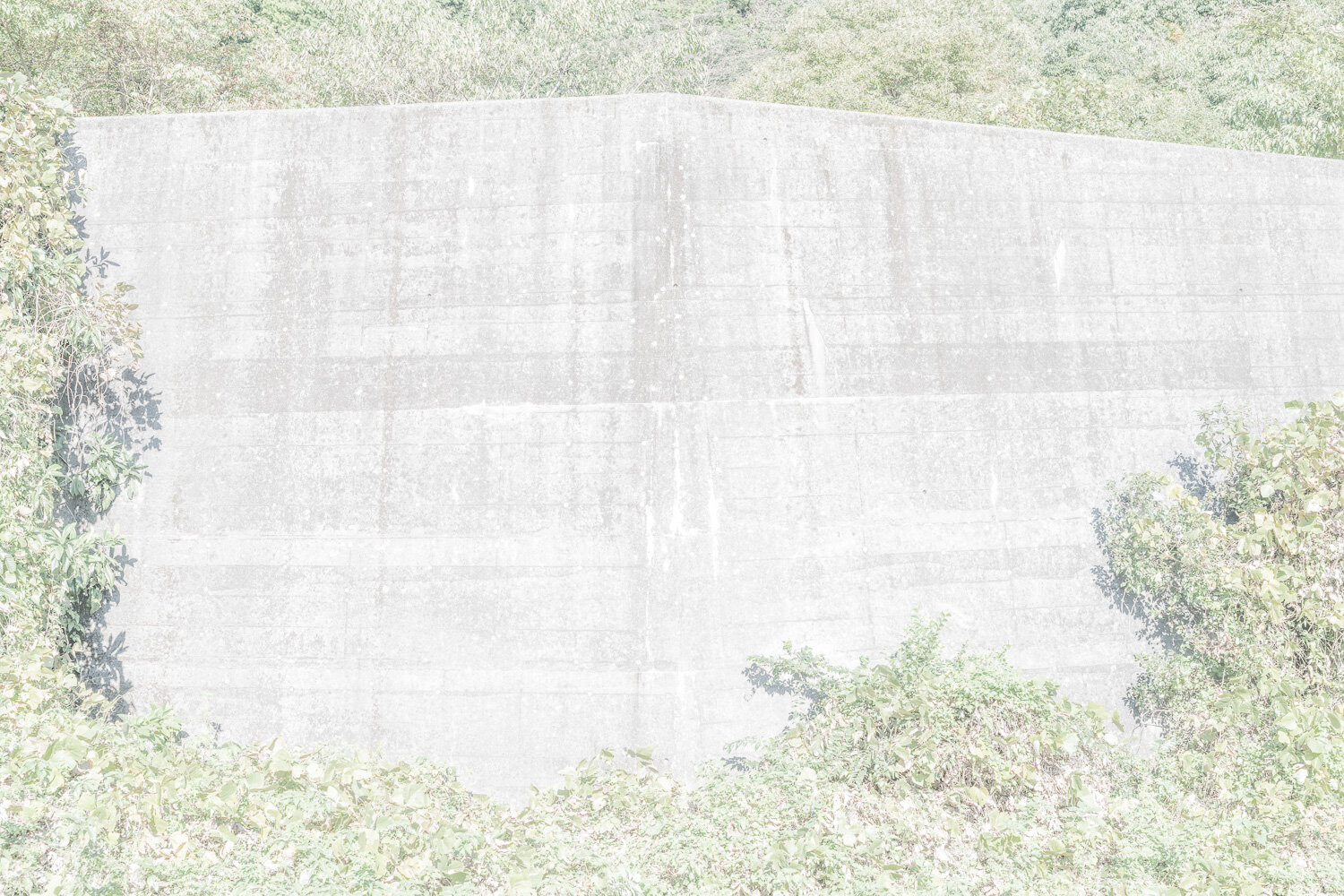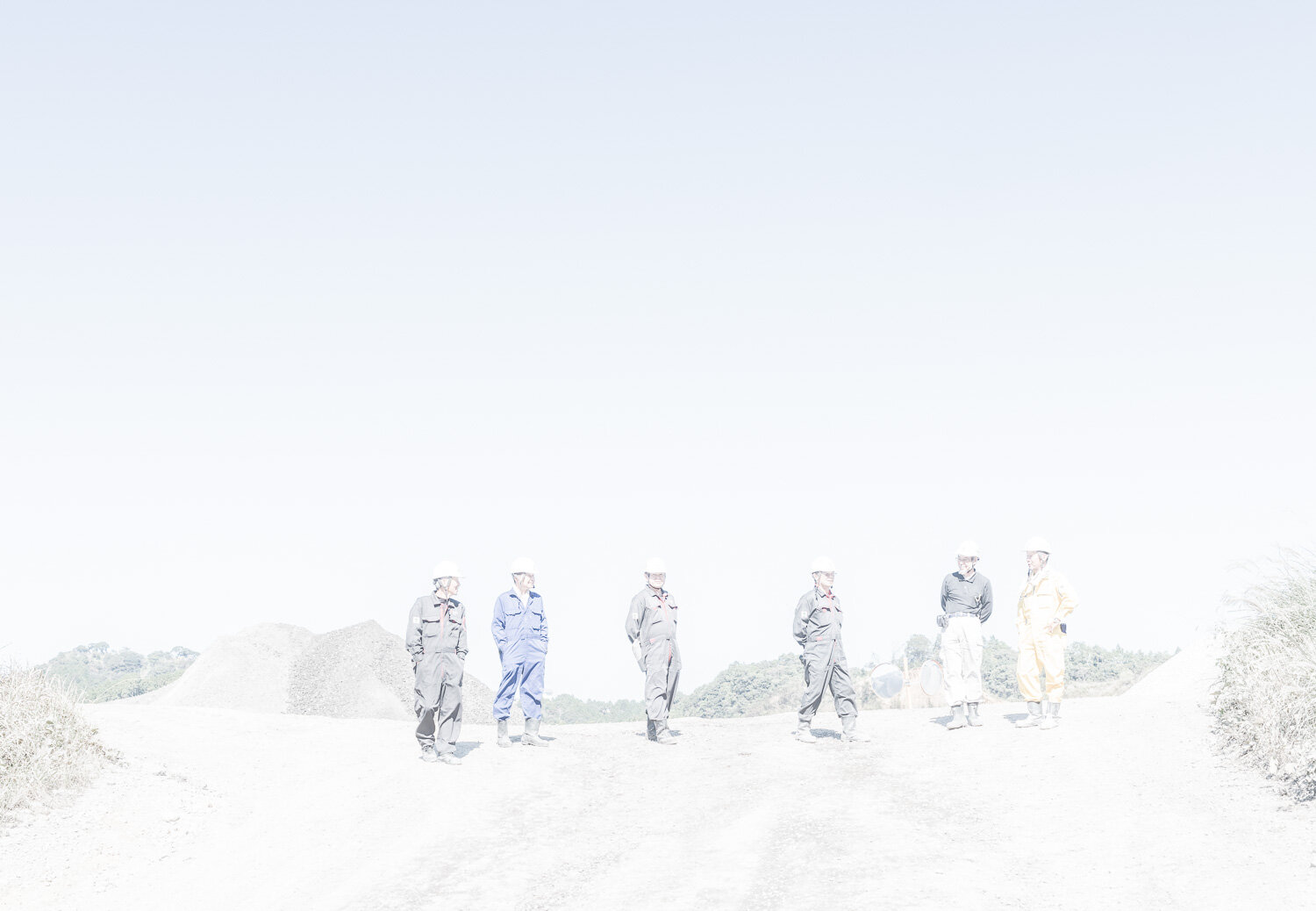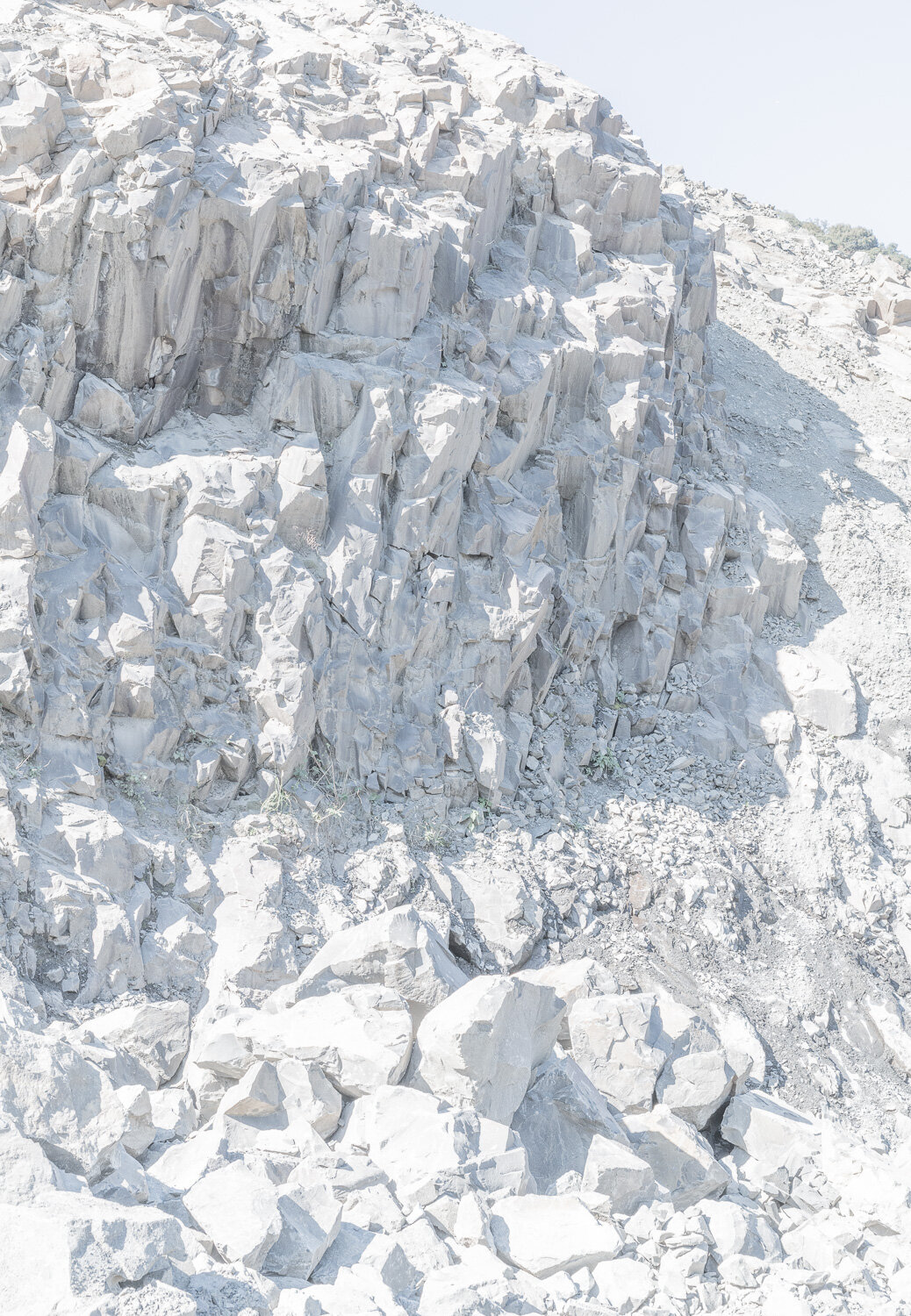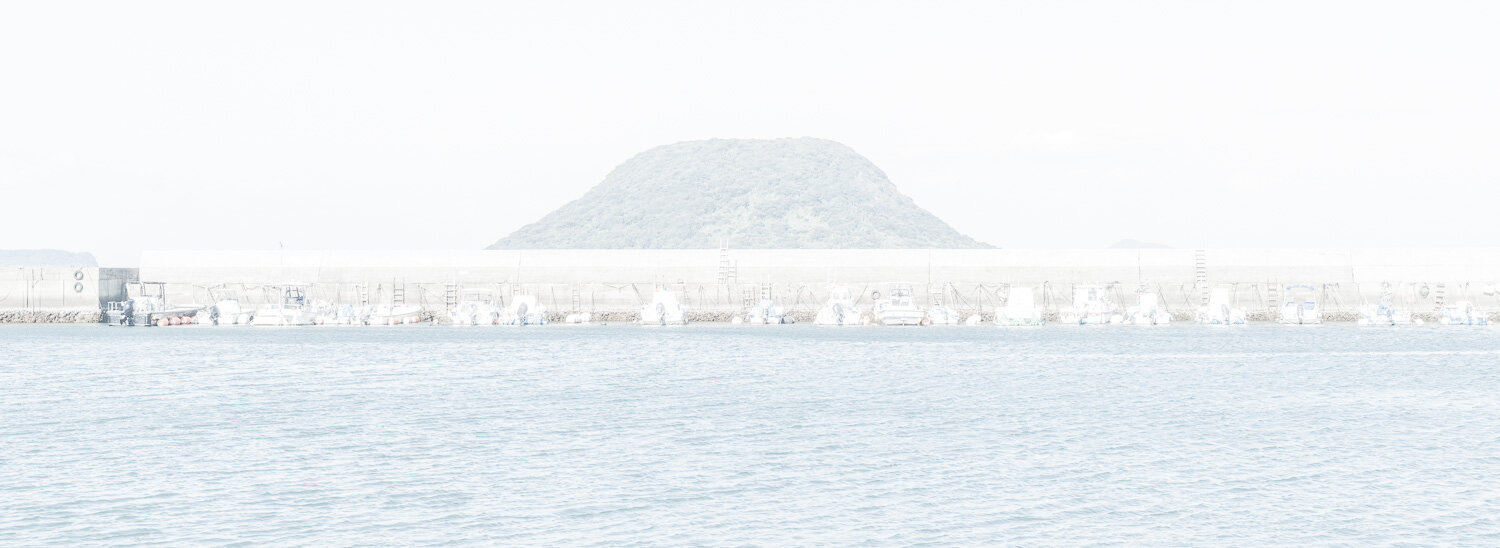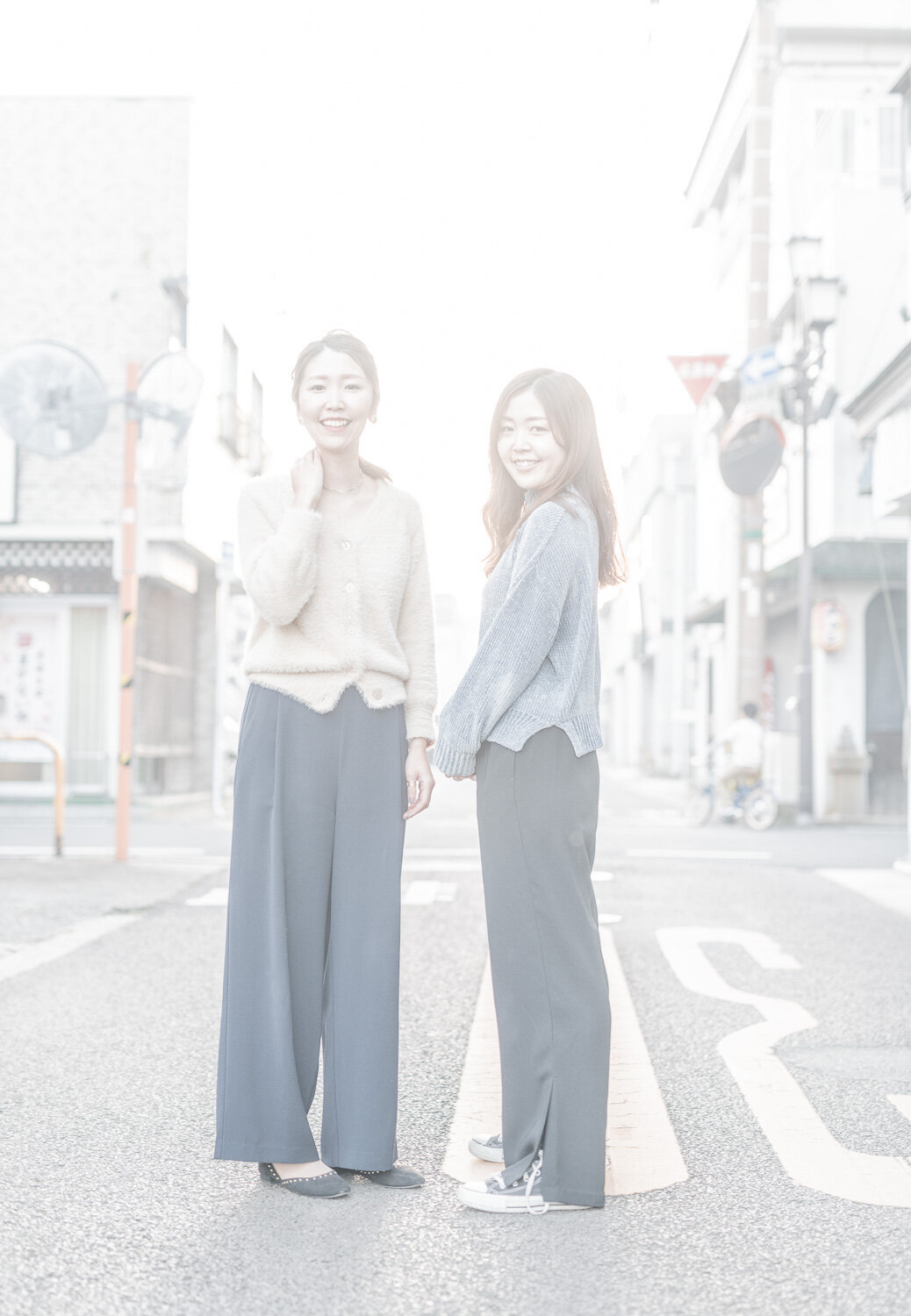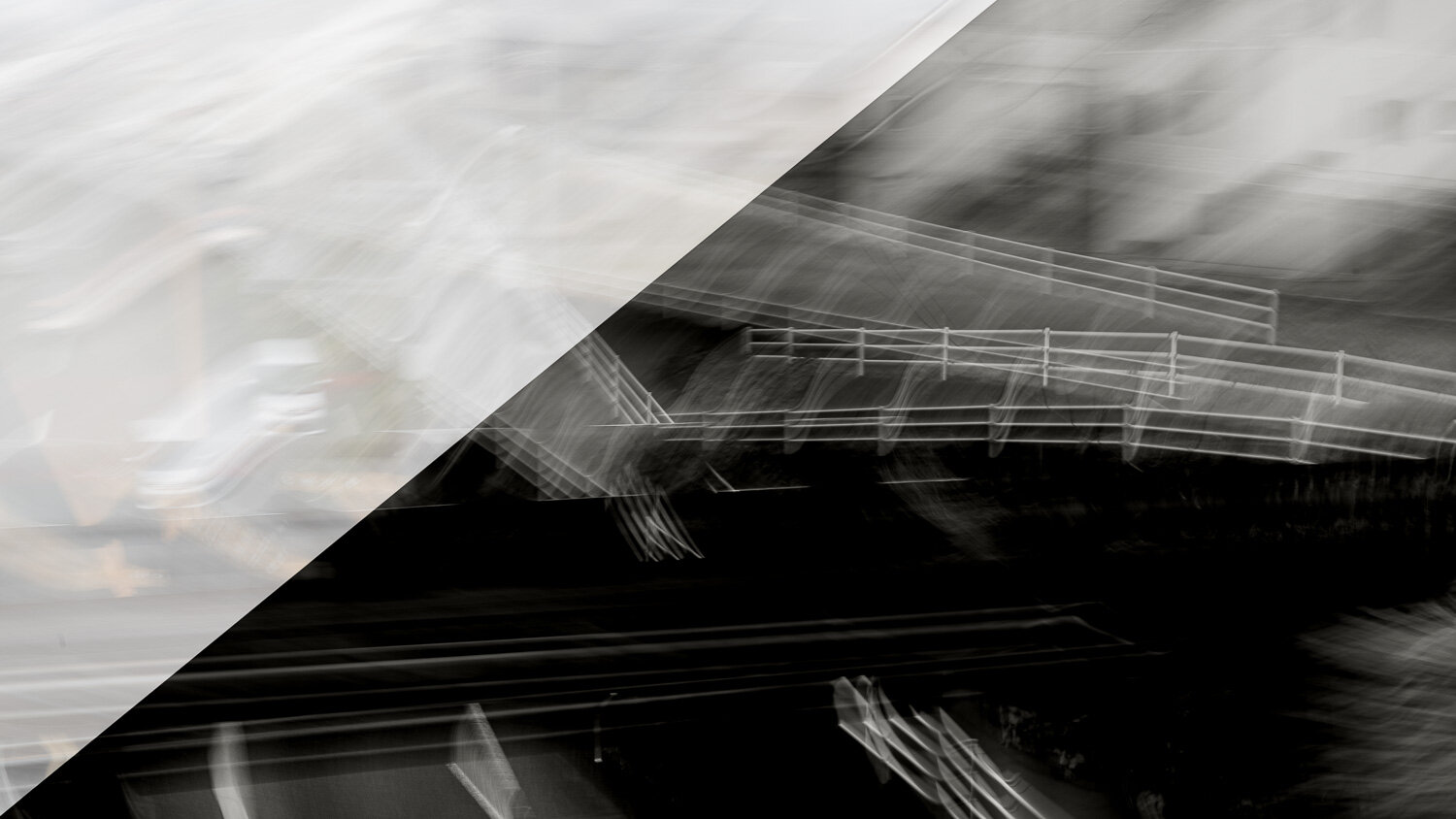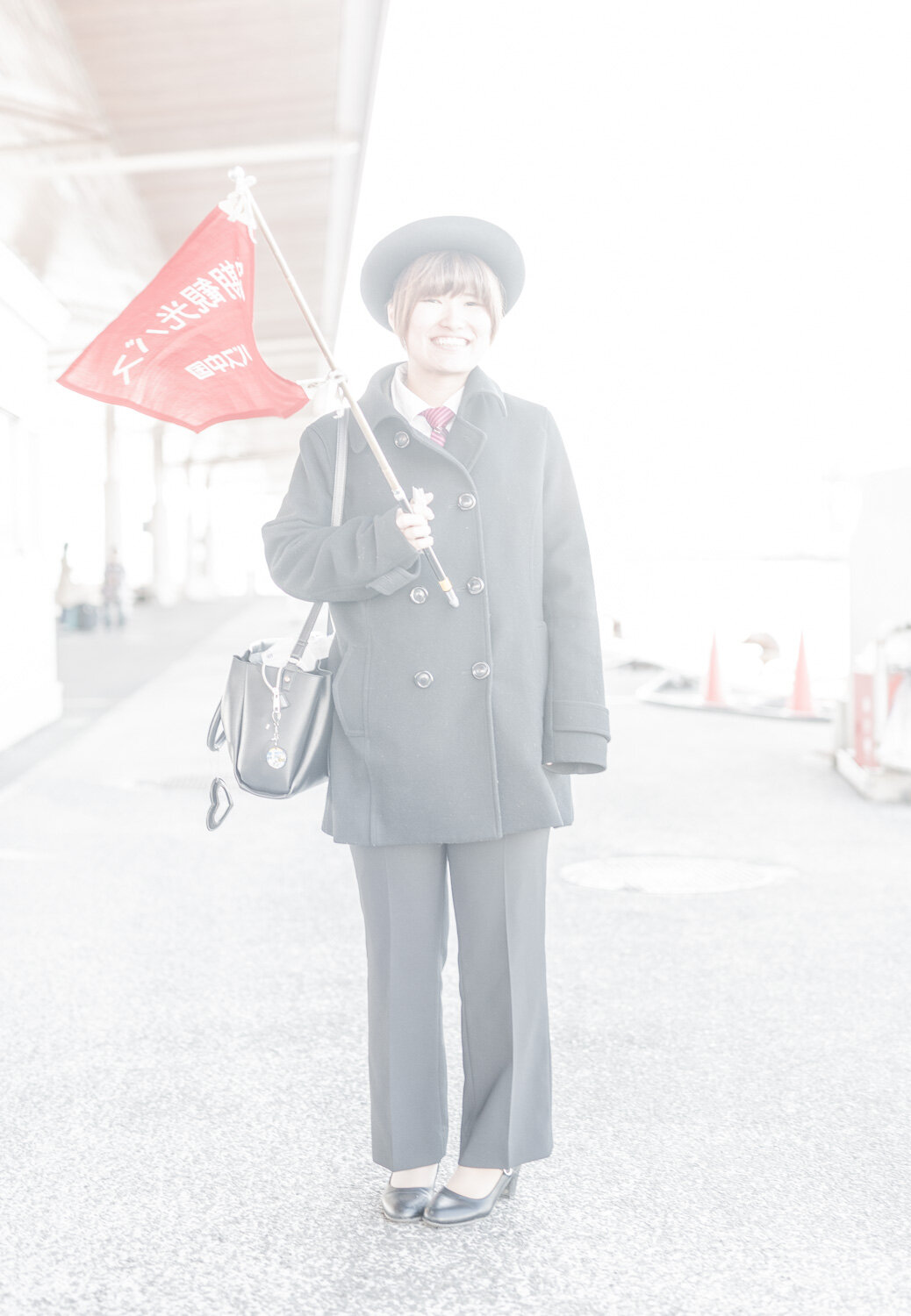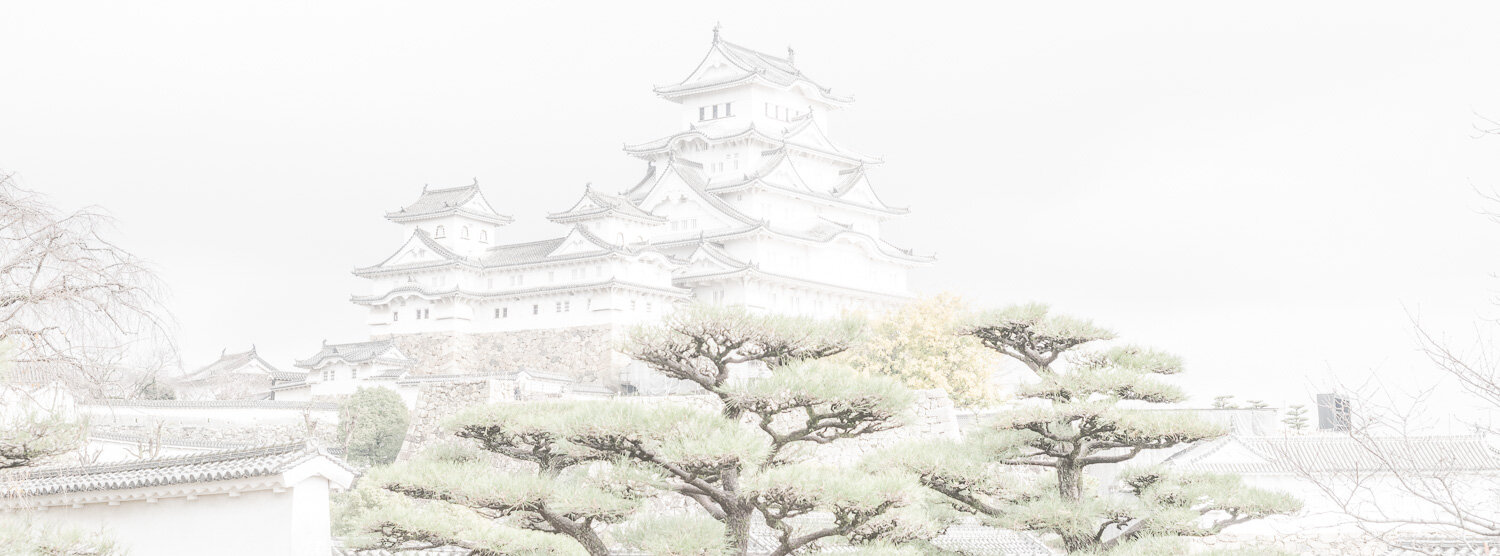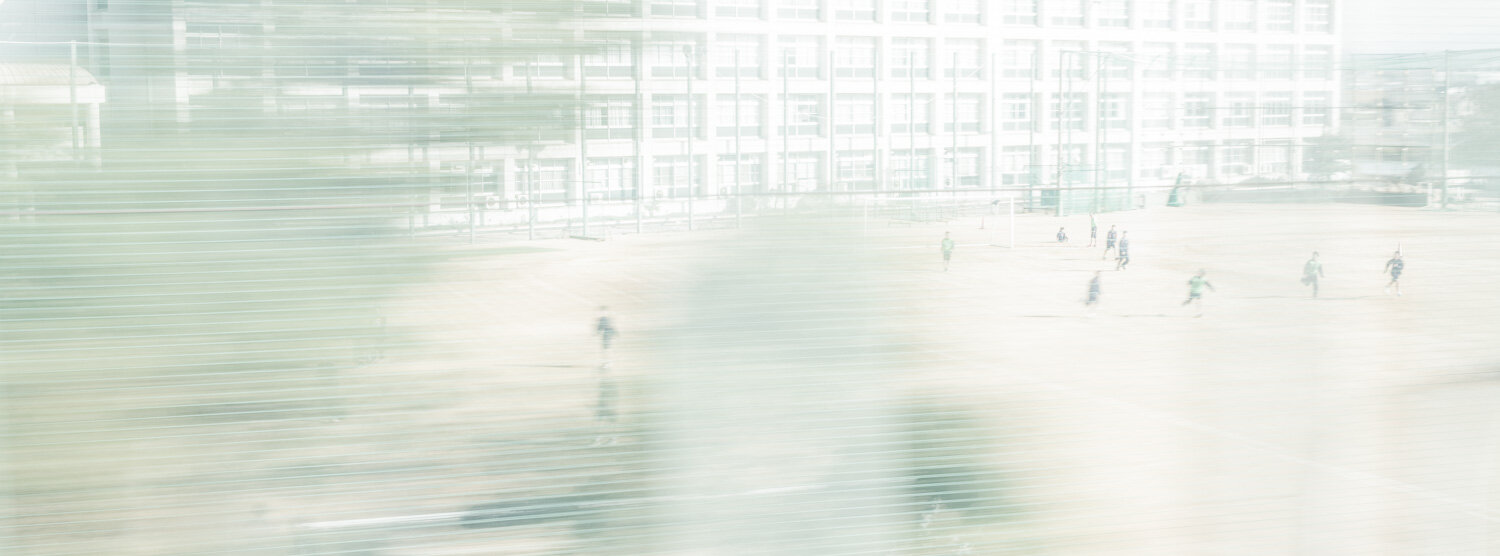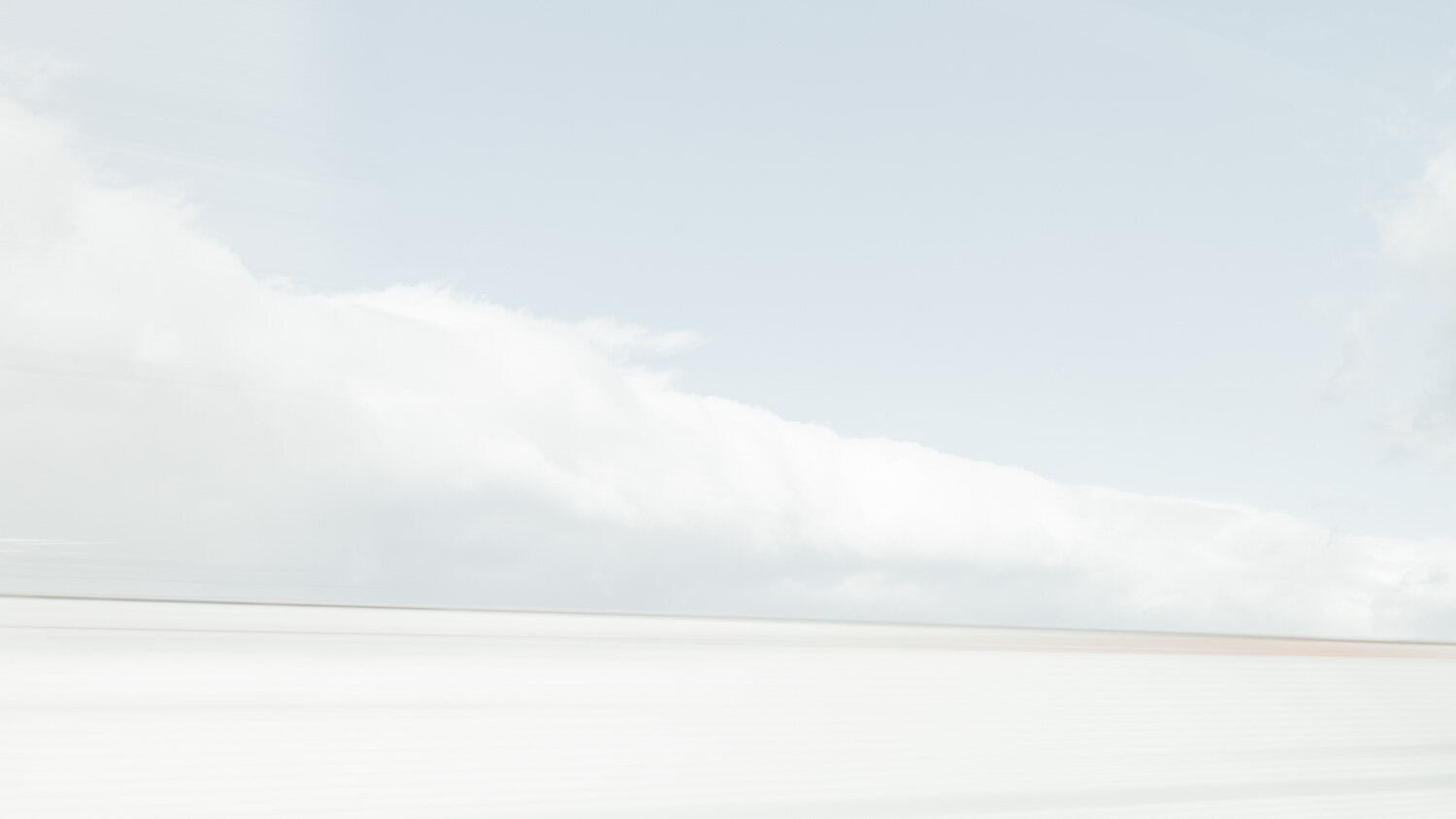Back in 2018 I had been selected for an artist residency in Japan. On my way there I stopped to visit my father in Italy; he passed away while I was with him, and my life took a very different turn. The residency organizers were kind enough to hold my selection until the following year, but coincidentally in 2019 I was also invited to China and after some deliberation I decided to attend both. This was an opportunity I just could not miss: to explore two countries that had been on my dream list for a very long time, while also comparing vastly different Asian cultures.
I have a fascination with Japanese photography, its depth, its distinctness, finding it deeper and more introspective than its dominant Western cousin. I find the latter often either stuck in the past (b&w, alternative processes, new topographies re-runs) or lacking depth (empty narratives, academic, distanced reportage, stuck on the surface of things). It resonates with my belief that photography is the expression of the soul, not the recorder of outer appearances. All I had to do now was to experience Japan first hand.
The first impression was one of normalcy, way more familiar than the radical outlandishness of China (which I had just left): one whispers, the other screams, white versus red. A comforting sense of safety, cleanliness, precision. I remember my first visit to one of the omnipresent corner stores: mesmerizing packaging, profusion of exotic candies, calorie warnings on all products, lack of fresh vegetables. I realized then that it was going to be harder to unwrap this place, that Japan was hidden behind closed doors, a poetry book to be digested line by line.
I started with a month-long artist residency in Takeo, a small town in the rural South best known for its historic onsen. A drastic change of pace for me, isolated, introspective. Cycling, walking, magnificently colored fall foliage. Integrating what I thought I knew and what I was experiencing, the long shadows of the past cast on the present, old and new. In photography terms, I started to reconcile the harsh post-war b&w images with the contemporary soft and colorful psychological ones.
I recall the conversations with the 83 year old slightly built but fierce restaurant owner, her recollections of the explosion of the atomic bomb nearby, without a trace of sadness or anger in her voice. She was drinking, smiling constantly, radiating gratitude for life, surrounded by her friends, making fun of me as the flow of sake made my gesticulations increase. I could not help compare her vitality with my parents, both deceased by the same age.
Past and present co-exist, trauma and insularity, community above individuality. The migration away from the countryside is quite extreme, I was happy to have left Tokyo for the end of my trip.
Gratitude for my host Yukina Matsumoto, her patience with my cluelessness and inability to speak the language, who opened secret doors for me: karaoke bars, portrait of elders, explaining local customs, even walking me through my first grocery experience (lesson: you shop for the day, not the week).
At the end of the residency my wife joined me to travel by train: Hiroshima, Naoshima, Kyoto, Tokyo, Arita, Himeji, Imari, Itsukushima, Kamakura, Kanazawa, Karatsu. With the help of old friends (Seiko Tachibana setting us up with an artist friend elegant apartment in Tokyo, Reiko Yagi introducing us to one of the oldest obi makers, Chuzen Kin bringing us to trendy restaurants where we literally had to walk through a hole in the wall) and new friends we met along the way we were able to get a glimpse behind the curtains.
In my images of Japan I wanted to reflect all those dichotomies: the traumatic past through dramatic black and white (referencing old masters: Tomatsu, Hosoe, Moryama), the ‘innocence’ of contemporary media with the use of pink tones, the isolation of the present through de-saturation and high keys (referencing the contemporaries: Kawauchi, Hatakeiama, Ishino, Okuiama). There is a fine line between cultural appropriation and integration; time, understanding, respect make the difference. The result for me has been ‘White’, an artist book (or scroll, to be precise), in which multiple narratives co-exist and small desaturated images printed on washi paper are continuously paired, requiring time and study to be absorbed.
Here some images of the artist book:
Here some friends and preparations for the show:
And here some selected images from the book:
And a last goodbye, hoping to be back soon:

